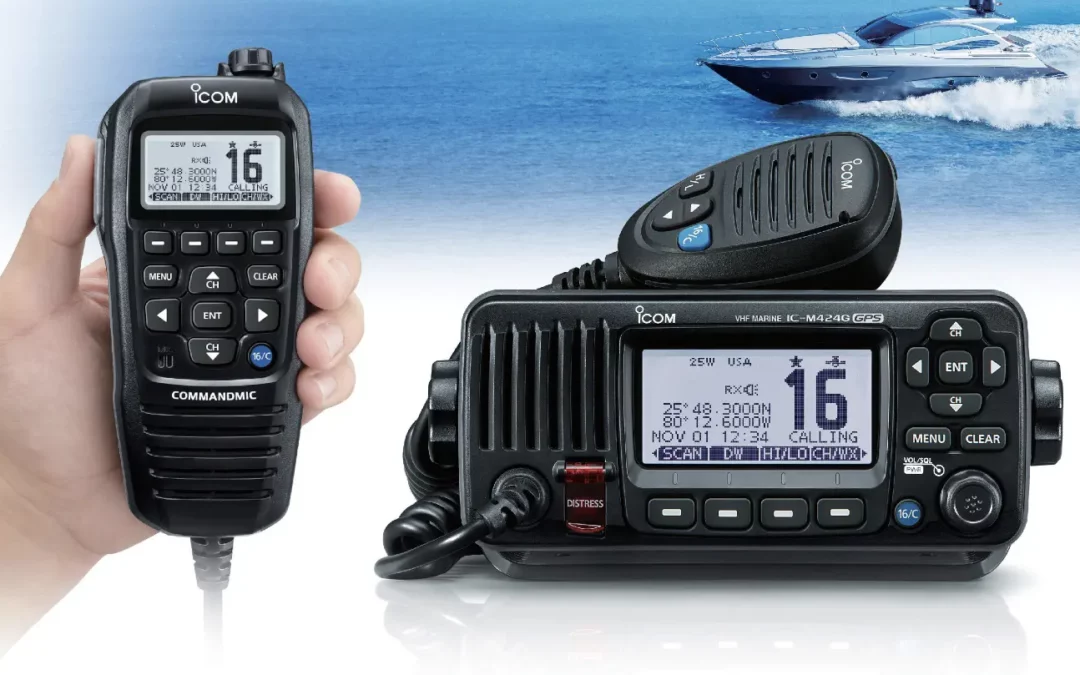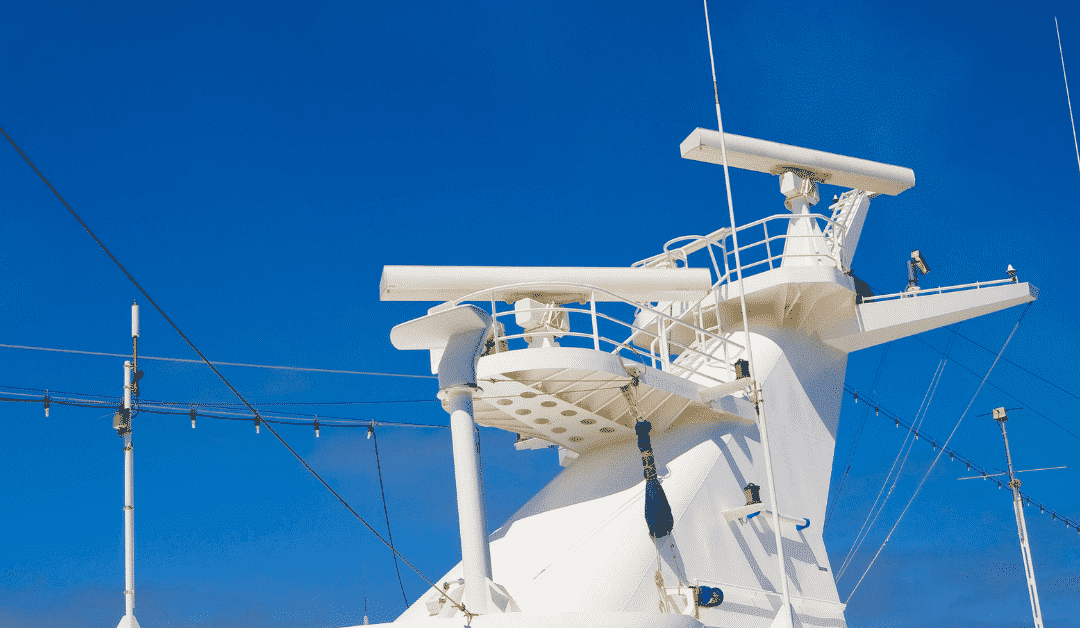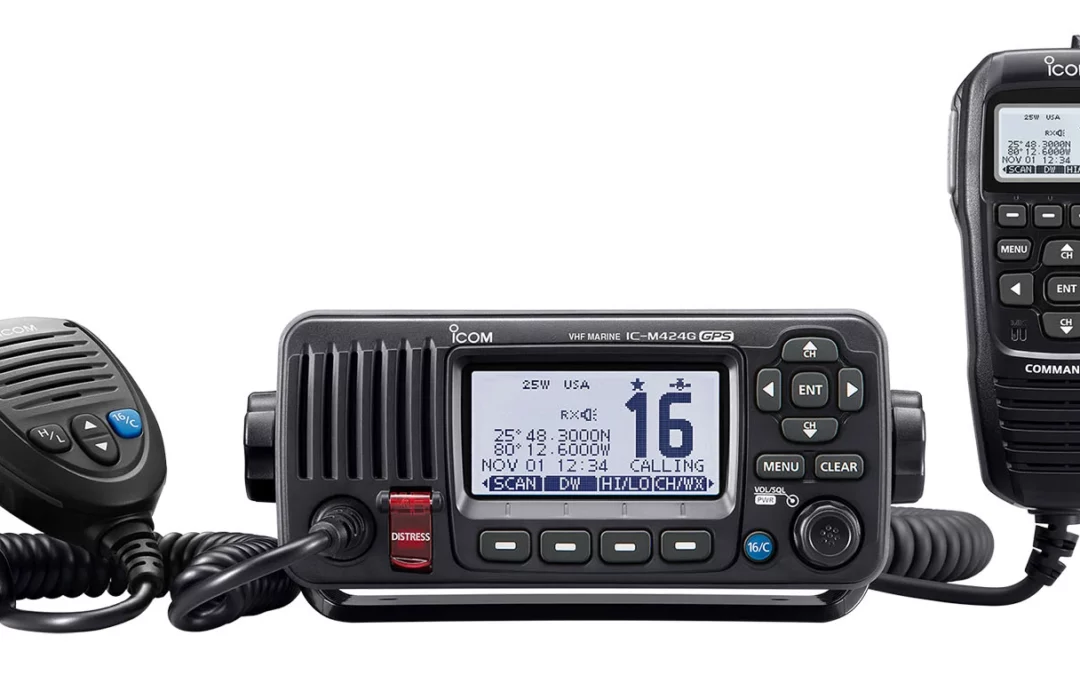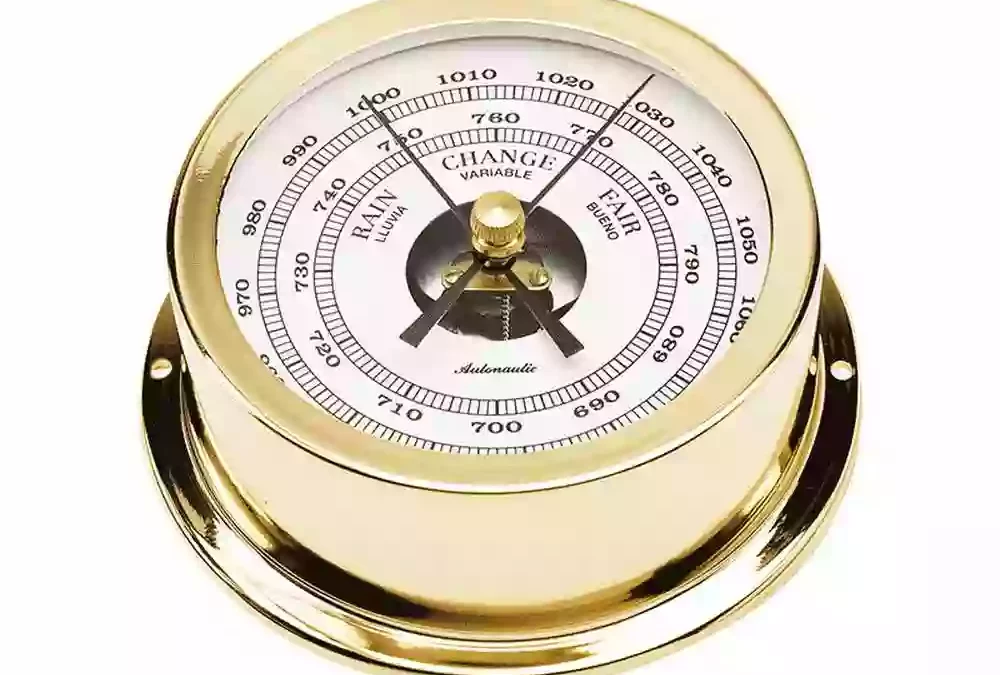What is GMDSS?
In the vast and unpredictable expanse of the open seas, ensuring communication and safety at all times is a paramount concern for maritime operations. The Global Maritime Distress and Safety System (GMDSS) stands as a beacon of technological innovation and coordination designed to address these concerns. In this article, we will delve into the origins, components, functions, and global significance of GMDSS in enhancing maritime safety.
History of GMDSS Implementation
The need for a comprehensive maritime communication and distress system became evident in the aftermath of several maritime disasters. The International Maritime Organization (IMO) recognized the necessity for a standardized and efficient system, leading to the development and implementation of GMDSS. The concept gained traction in the 1970s and officially became operational on February 1, 1992, marking a significant milestone in maritime safety.
Components of GMDSS
GMDSS integrates various communication technologies and components to create a robust and interconnected system:- INMARSAT Satellites: GMDSS relies on INMARSAT satellites to provide global coverage for communication, including distress alerts and safety-related information.
- High-Frequency (HF) Radios: HF radios enable long-range communication and are crucial for vessels operating in areas with limited VHF coverage.
- Very High-Frequency (VHF) Radios: VHF radios serve as the primary communication tool in coastal and near-shore regions.
- Emergency Position Indicating Radio Beacons (EPIRBs): EPIRBs automatically transmit distress signals, including vessel identification and location, in case of an emergency.
- Search and Rescue Transponders (SARTs): SARTs assist in locating vessels in distress by responding to radar signals, enhancing visibility during search and rescue operations.
- NAVTEX (Navigational Telex): NAVTEX provides vessels with navigational and meteorological warnings, ensuring timely access to critical information.
Functions and Benefits of GMDSS
The primary functions of GMDSS are to:- Provide Distress Alerts: GMDSS facilitates the rapid and automated transmission of distress alerts, ensuring immediate response to emergencies.
- Disseminate Safety Information: The system delivers navigational and meteorological warnings, helping vessels navigate safely through changing conditions.
- Facilitate Search and Rescue Operations: GMDSS enhances the efficiency of search and rescue operations by providing accurate and timely information about distress situations.
Importance in Maritime Safety
GMDSS plays a pivotal role in enhancing maritime safety through:- Rapid Distress Response: The automated nature of distress alerts ensures that response efforts are initiated swiftly, minimizing the impact of emergencies.
- Global Coverage: GMDSS utilizes a network of satellites to provide coverage across the entire globe, ensuring that vessels are not isolated in distress situations.
- Interconnected Communication: The integration of various communication technologies ensures that vessels can communicate seamlessly, both with each other and with onshore authorities.
- Timely Information: GMDSS delivers timely and relevant information, including navigational warnings and weather updates, enabling vessels to make informed decisions and avoid potential hazards.
Global Coverage and Regulations
GMDSS operates on a global scale, covering all seas and oceans. The system is regulated by the International Maritime Organization (IMO), ensuring uniform standards and compliance across the maritime industry. Vessels of certain sizes and classes are required to be equipped with GMDSS-compliant communication systems, emphasizing the universal commitment to maritime safety.
The Critical Role of GMDSS
In conclusion, GMDSS stands as a testament to the maritime industry’s dedication to safety and communication. Its evolution from a concept to a globally implemented system reflects a collective commitment to minimizing the risks and maximizing the safety of seafarers. The components, functions, and benefits of GMDSS underscore its critical role in maritime safety, ensuring that vessels can communicate, respond, and navigate effectively in the ever-changing and sometimes perilous conditions of the open seas. As technology continues to advance, GMDSS remains a cornerstone of maritime safety, embodying the shared responsibility to protect and support those who venture into the vastness of the world’s oceans.








0 Comments